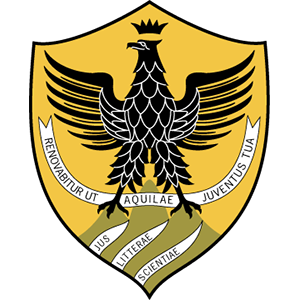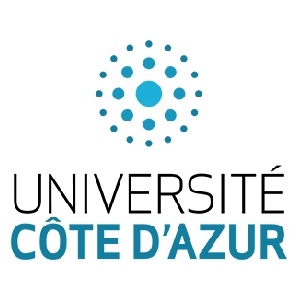
Semester 2 in Hamburg
Numerical – Modelling Training
#ABOUT
Semester 2 in Hamburg;
Numerical – Modelling Training
The Institute of Mathematics at TU Hamburg puts into place a group combining four chairs: Applied Analysis, Computational Mathematics, Numerical Mathematics, and Stochastics.
The computational part of this semester is taught by experts in the fields such as Sabine Le Borne (Professor in numerical mathematics with longstanding experience with computational mathematics programs) and Daniel Ruprecht (an expert in the parallelization of numerical methods).
Two additional courses are offered in this semester. A first one on Probability Theory provides a sound theoretical basis on stochastic modelling and an overview on its applications. This course is taught by Matthias Schulte, an internationally acknowledged expert in the field with wide range of expertise on probability, stochastics, large deviations, and random graphs (this course prepares for the specialization branch taught in Nice). A second complementary course on Variational Calculus provides a sound basis to the topics of Semester 3 at TUHH on biomedical imaging. This course is taught by Thomas Schmidt, an expert of calculus of variations and geometric PDEs, and by Ingenuin Gasser, who is an internationally acknowledged applied mathematician and a longstanding expert in managing international MSc programmes as well.
March 2025
Semester 2
September 2025
September 2025
September 2026
🎓 Graduation
#Semester 2 in Hamburg EMJMD InterMaths Study Track
Numerical – Modelling Training;
ECTS Credits: 6 | Semester: 2 | Year: 1 | Campus: Hamburg University of Technology | Language: English | Code: DT0651
Unit Coordinator: Daniel Ruprecht
Aims:
Students are able to list numerical methods for the solution of ordinary differential equations and explain their core ideas, repeat convergence statements for the treated numerical methods (including the prerequisites tied to the underlying problem), explain aspects regarding the practical execution of a method, select the appropriate numerical method for concrete problems, implement the numerical algorithms efficiently and interpret the numerical results.
Content:
Pre-requisites:
Analysis, Linear Algebra, Basic MATLAB knowledge
Reading list:
ECTS Credits: 6 | Semester: 2 | Year: 1 | Campus: Hamburg University of Technology | Language: English | Code: DT0653
Unit Coordinator: Thomas Schmidt
Aims:
The module introduces to variational minimization problems and/or variational methods for PDEs. It may cover problems in a classical smooth setting as well as theory in Sobolev spaces.
Content:
A selection out of the following:
Pre-requisites:
A solid background in analysis and linear algebra is necessary. Familiarity with functional analysis, Sobolev spaces, and PDEs can be advantageous.
Reading list:






